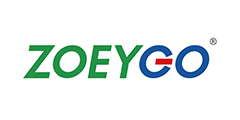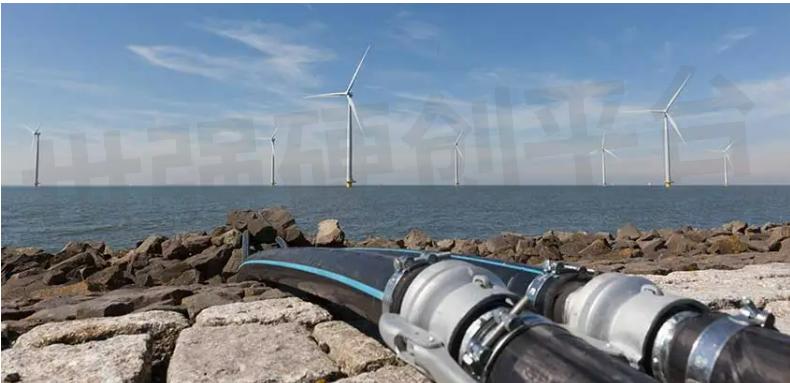Bidirectional DC-DC Converter: An Efficient Solution for Power Conversion

Power conversion plays a crucial role in various applications such as renewable energy systems, electric vehicles, and energy storage systems. The Bidirectional DC-DC Converter has emerged as an efficient solution for power conversion due to its ability to transfer power bidirectionally between two DC voltage sources. This article aims to explore the working principle, advantages, and applications of bidirectional DC-DC converters.
Working Principle:
A bidirectional DC-DC converter consists of two unidirectional converters, namely the buck converter and boost converter, connected back-to-back. The buck converter steps down the input voltage, while the boost converter steps up the voltage. These converters are controlled by a high-frequency switching mechanism that allows energy transfer bi-directionally.
During the step-down mode, the buck converter operates as a voltage source. It controls the current flowing from the input source to the output load, stepping down the voltage to the desired level. On the other hand, during the step-up mode, the boost converter operates as a current source. It controls the current flowing from the input source to the output load, stepping up the voltage to the desired level.
Advantages of Bidirectional DC-DC Converters:
1. Energy Efficiency: Bidirectional DC-DC converters offer high energy efficiency due to their ability to transfer power bi-directionally. This feature is particularly beneficial in applications where energy needs to be efficiently transferred between different voltage sources.
2. Energy Regeneration: These converters enable energy regeneration by allowing the energy generated during load braking or deceleration to be fed back into the input source. This capability is highly desirable in applications such as electric vehicles, where regenerative braking can significantly improve overall energy efficiency.
3. Voltage Regulation: Bidirectional DC-DC converters provide excellent voltage regulation, ensuring a stable and reliable power supply to the load. The ability to step up or step down the voltage as required allows for precise control of the output voltage, even when the input voltage varies.

Applications of Bidirectional DC-DC Converters:
1. Renewable Energy Systems: Bidirectional DC-DC converters are widely used in renewable energy systems, such as solar photovoltaic (PV) and wind power systems. These converters enable efficient power transfer between the renewable energy source and the grid or energy storage system, maximizing the utilization of renewable energy.
2. Electric Vehicles: Bidirectional DC-DC converters play a crucial role in electric vehicles by facilitating efficient power transfer between the battery pack and the electric motor. Additionally, the energy regeneration capability of these converters allows the recovery of energy during braking or deceleration, thereby extending the vehicle\'s range.
3. Energy Storage Systems: Bidirectional DC-DC converters are essential components in energy storage systems, such as battery energy storage systems and supercapacitors. They enable efficient charging and discharging of the energy storage devices while maintaining voltage regulation and high energy efficiency.
Conclusion:
Bidirectional DC-DC converters have emerged as efficient solutions for power conversion in various applications. Their ability to transfer power bidirectionally, along with features like energy regeneration and voltage regulation, makes them highly desirable in renewable energy systems, electric vehicles, and energy storage systems. As technology continues to advance, bidirectional DC-DC converters are expected to play an increasingly crucial role in shaping the future of power conversion.
- +1 Like
- Add to Favorites
Recommend
- Bidirectional DC-DC Converter: A Two-Way Power Conversion Solution
- Bidirectional DC-DC Converter: A Comprehensive Guide
- Bidirectional DC-DC Converter: A Guide for Power Conversion in Both Directions
- Bidirectional DC-DC Converter: A Versatile Power Conversion Solution
- Design and Analysis of a Bidirectional DC-DC Converter for Energy Storage Systems
- Design and Analysis of a Bidirectional DC-DC Converter for Power Electronics Applications
- Bidirectional DC-DC Converter: Efficient Power Conversion in Both Directions
- Design and Analysis of Bidirectional DC-DC Converter for Efficient Power Conversion
This document is provided by Sekorm Platform for VIP exclusive service. The copyright is owned by Sekorm. Without authorization, any medias, websites or individual are not allowed to reprint. When authorizing the reprint, the link of www.sekorm.com must be indicated.





























































































































































































































































































































































































































































































































































































































































































































































































































































































